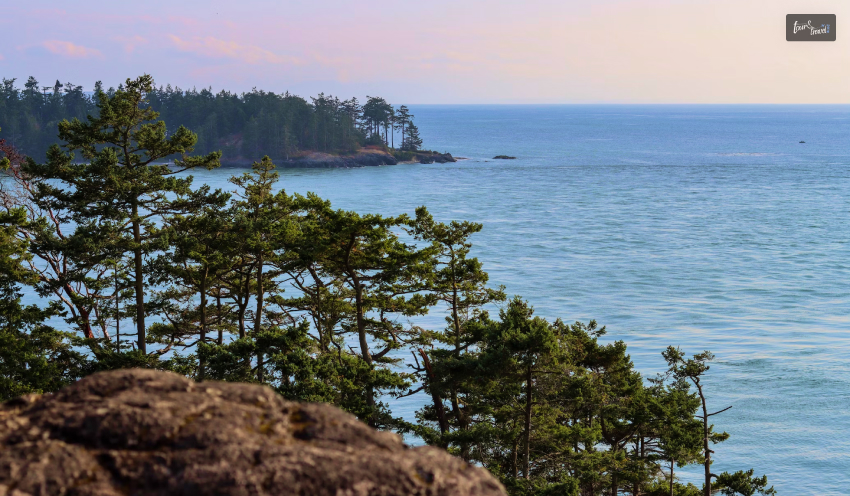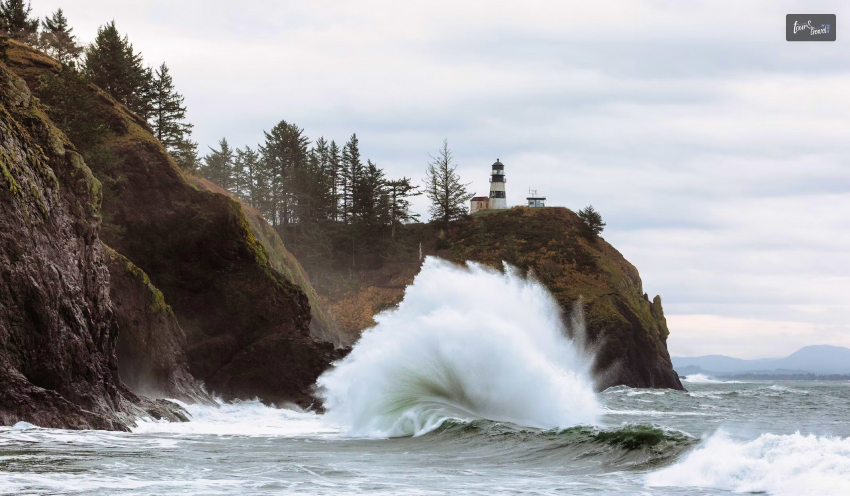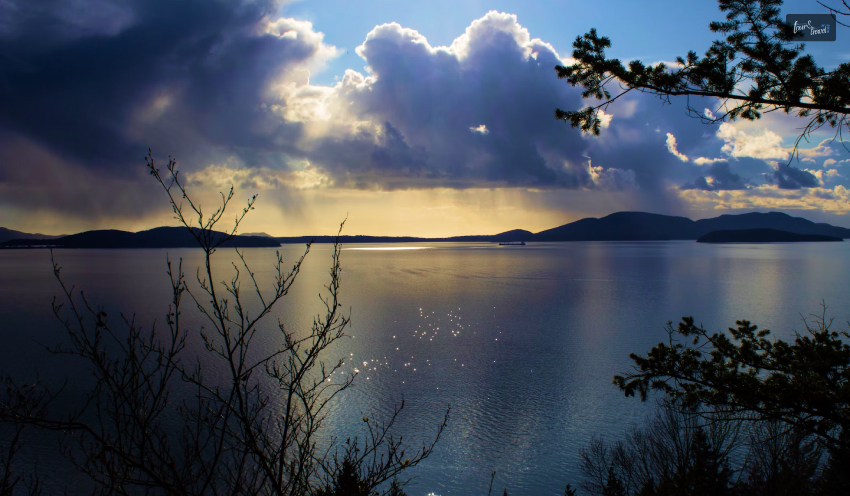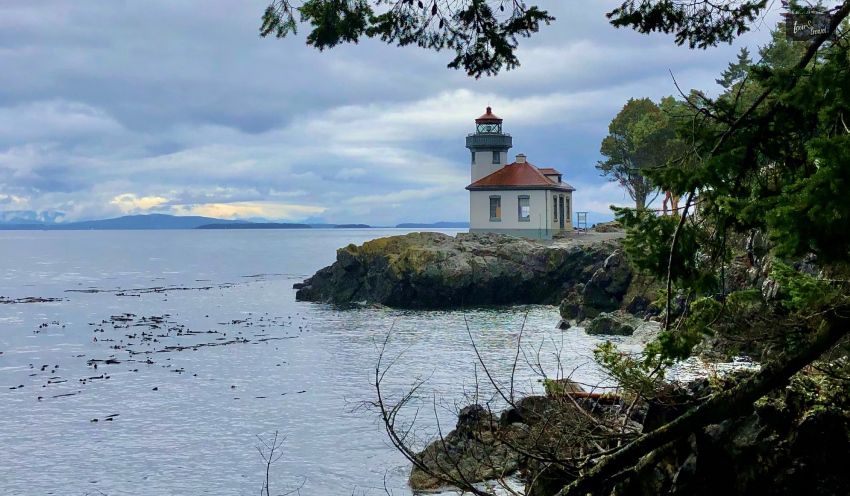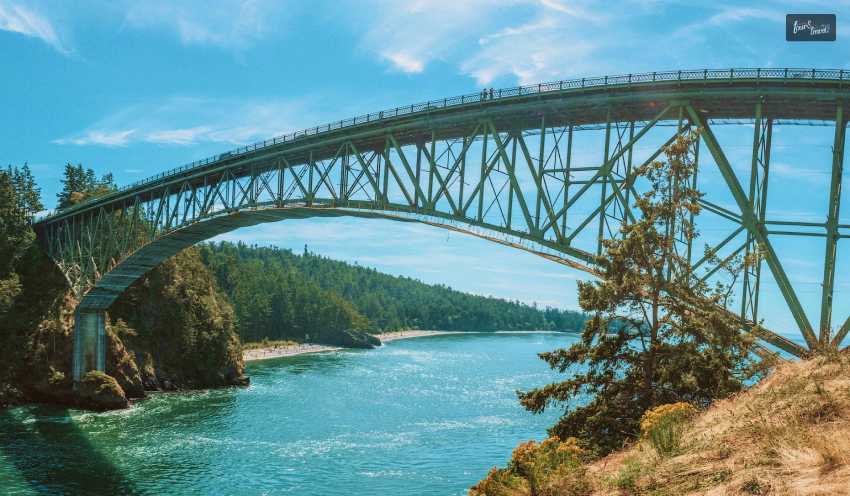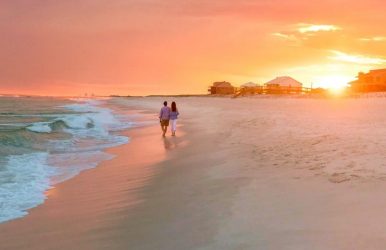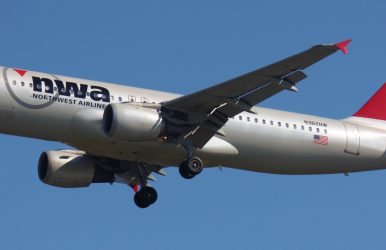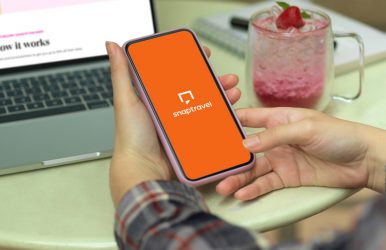Some Of The Best Things To Do In Navarre Beach, Florida
BY Abdul Aziz Nov 1, 2021
What’s better than rekindling the best essence of summer with a beach vacation? The sand, the sun, and the waves caressing our ankles; all paint this idyllic picture that makes our minds tranquil immediately. If you are feeling the monotonous blues of the mountain or the city life, this might be the time to switch places. Maybe taste the salt in the air a little. The USA coast is filled with beautiful beaches, key largo resorts, picturesque sceneries, and all the blue aesthetic you can ask for. Now, after following all the Covid guidelines if you find yourself in the coast of Florida, especially the gorgeous Navarre beach. Or, even if you are planning your next vacation there, then you have reached the right place. In this excerpt below I will be pointing out things to do in Navarre beach that will make your stay quite the adventure. Fun Things To Do In Navarre Beach From blackwater to Zip lining; Navarre has it all covered. Here are the first ten things to answer: What Does Navarre Beach have to offer? Fly The Boat In this Navare beach marine sanctuary you can let your sporty side go wild. Away from the tranquility of the beach, we all need a little adrenaline rush from time to time. If snorkeling, diving and exploring underwater reefs falls under your beach bucket list then this is the perfect place for you. They are situated a little off shore, the main Navarre beach one in the Gulf Of Mexico and the other in Santa Rosa Sound. The marine ecosystem is one of the most phenomenal works of mother nature and since at Navarre it is so easily accessible, you can experience it with very little effort. One of the major attractions of this place is the Marine sanctuary is the flying boat! Now you have to go there to understand this phenomenon in all its true sense. You can also try solo travel. Is The Water Clean In Navarre Beach? According to the Florida Health Department. The Navarre Beach has clean and good quality water. Watersport For The Family Not all vacations are with your friends or solo, Navarre beach is also an excellent family destination with attractions for the entire lot. You want to have a lazy day at the beach and think about things to do in Navarre beach with your family. Then Navarre Family Water Sport & Mini Golf is the place for you. There are children friendly watersports which will entertain them for hours and mini golfing which will give you the peaceful beachy ambience to enjoy. Is Navarre Beach Safe To Swim? Considering all the water activities for both adults and kids you can plan in Navarre beach, it is safe. It has also been credited by the FDOH that it is safe in absolution. Escape Adventure Who said beaches are only meant for water activities and tanning in the sun? If you are done with all those, it might get a little monotonous eventually. That’s why you need an ‘escape’ No, I mean literally! Find yourself in the Escape zone 60 at Navarre for a fun time with your friends and family. It is a 60 minutes escape from the room with exciting puzzles and with the two games of Escape Mars and The Houdini Escape. This indoor-outdoor activity will be the best for ending things to do in navarre beach the day perfectly. 60 minutes doesn't mean you will have to leave after that. You can spend hours in the escape rooms and let me tell you, You will not feel like leaving! Can You Do a Bonfire On Navarre Beach? No, you cannot set a camp directly on the beach but at the same time you can visit some of the phenomenal campsites that will give you the beachy camp experience nevertheless. A Beer To End At the day’s end we all want something that will be the cherry on top for an exciting day at the beach. What could be better than some craft beer at Navarre’s craft beer brewery company St. Michael’s. After a day of tiresome water activity, you finally found your solace in the embrace of the heavenly beer. The beers offered by this brewery are renowned and loved by both the local folks and the travelers. Apart from that, it has a great ambience to blow some steam. Fulfill Your Taste Buds We have talked about adventures both indoors and outdoors. We have also talked about a little craft beer at the end of the day, but how do we sustain ourselves and get the energy for so many activities? That’s why next on our list of things to do in Navarre we are bringing you the delicious treats of sushi and other mouth watering seafood. If you are craving for a twist in your regular sushi, you can easily get it in your home city as well; then I would suggest getting into the foodie spirit and visiting Slippery Mermaid Sushi Bar. They serve some of the most mouth watering and creative sushi dishes known in the area. However, it is not just sushi since your sea food cravings will also be fulfilled in this place with its delicacies. Where Can I Snorkel In Navarre Beach? In Navarre beach you can snorkel in any of the marine beaches that have been mentioned above. Along with that, you can also enjoy other activities. Is Navarre Beach Better Than Destin? Destin is a beach not far from the Navarre coast. Very honestly you cannot really pick the best among these two. Although they both have beaches, both of them have such unique and individual things to offer you should visit both these destinations. Experience Like A Local Tired of the beaches? Or, the bust hustles of the city? Here is how you can experience the best not looking like a tourist. The Navarre Farmer’s market is the perfect spot for you to experience a lazy day. Walking through the farmers market, interacting with the locals [if your extrovert heart allows it]. You can also collect some local products like homemade butter, jam, cake and other goods that you can carry as a souvenir when you go home. Away from the city, this small down delight will retch you the meaning of simple living again. What Is The Hottest Month In Navarre Florida? The hottest month in Florida is June. Gifts & More The ending of a trip is such a bittersweet experience. We are homesick but at the same time we are sad about leaving the adventure behind. However, there is another fun activity we can add among the things to do in Navarre beach; buying gifts and souvenirs to take home. Your next place should be Salt Water Cottage. An original vintage cottage with an aesthetic store offering you books, jewellery, home decors, and even food so that you don't get hungry through all the shopping spree. Everyone there is welcoming and amiable. All in all giving a very friendly and jolly experience. Just The Beach And You If day one is all about the adventure, day two should be about exploring the beach in its raw sense. Just the waves and you! Navarre Fishing Pier is your next destination if you have explored all the adventurous sides of the beach and you just want a day with just the beach. You can simply take the walk down the Pier or go for some fishing trip with your family or alone. It is one of the longest piers in Florida so you will be walking down a heritage of Florida. This is also one of the best things to do in Navarre beach because of all the turtles, rays and dolphins you will get to see. Does Navarre Beach Have A Boardwalk? Yes, according to the Santa Rosa County official, Navarre has two boardwalks and also a dock. Dance Among the Butterflies Beaches are not just about the blue of nature's beauty. Navarre also offers multicolor beauty. This is the perfect way to close the trip by visiting the Panhandle Butterfly House and bath among the idyllic flowers, plants and butterflies. Visit The Sea Turtles The Sea Turtle Conservation Center is just a perfect place to be if you love the little sea beauties! It is a rehabilitation center for turtles where they preserve them as well as rescue the ones who might stand a chance of getting engulfed by the sea. You can totally handle them, especially when there is a unique sea turtle habitat on the Navarre beach. Check them out in the nesting season! Fishing You are on a beach, don't tell me you won’t fish? Or are you some kind of fish lover? Huh, bad joke. There is a record held for the fishing pier in Navarre as it is 1545 feet long, longest in the state. Just carry a fishing pole and dangle your feet above 30 feet of water and catch some fish people! Kayaking Can be considered an adventure sport, Kayaking is cool only when you try to be safe. There are guided trips where the ecotours are organized through the website. The swimming emerald waters of Navarre Beach look even better if you are kayaking! You can take rentals of the kayaks for both sunrise and sunset tours. To Conclude If you are cruising around the beaches of Florida and don’t know and are trying to find things to do in Navarre beach, this will be the ultimate travel guide for you. With this, you are not restricting yourself to the beach and blue waters but everything Navarre beach has to offer. Read More: 5 Things To Do On Vacation In Belize 8 Things To Do And See In Punta De Mita What to Look for When Purchasing a Beach Tent for Vacation The Last Ski-Only Resorts in the USA: Why Do They Still Exist? How To Plan A Best One Day Trip To Atlanta With Family? Celebrate your Happiness with Family Friendly Gites South of France

